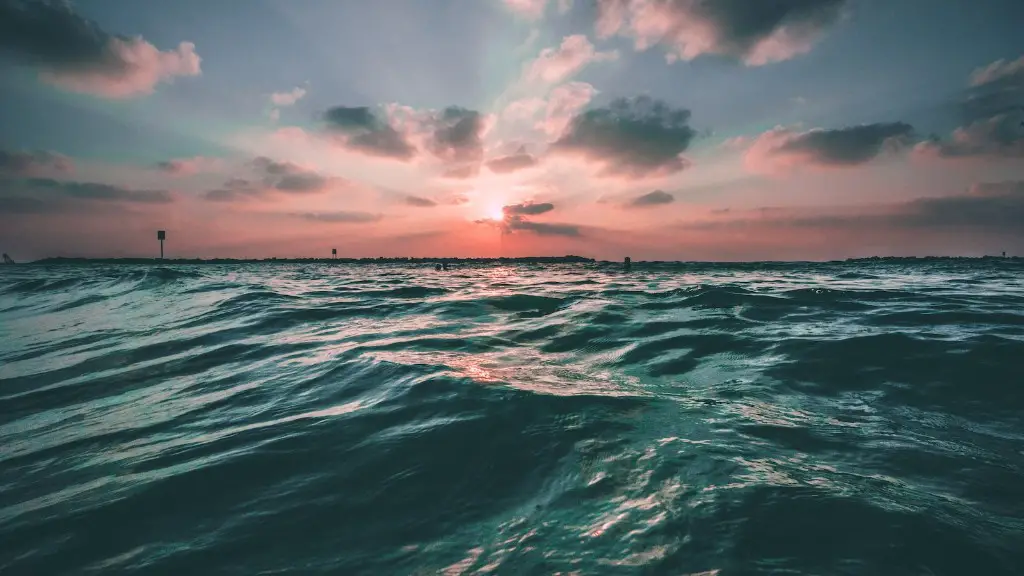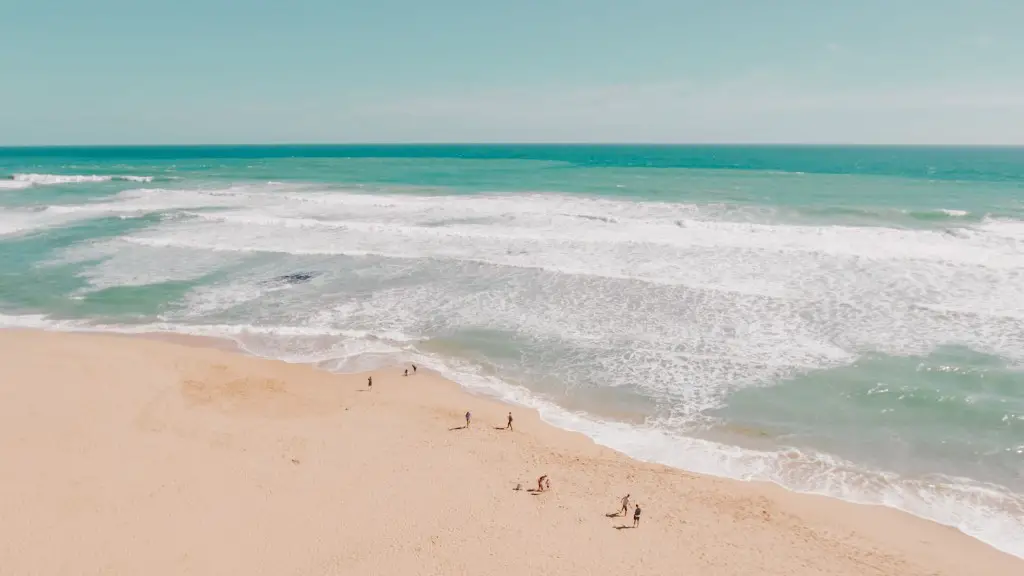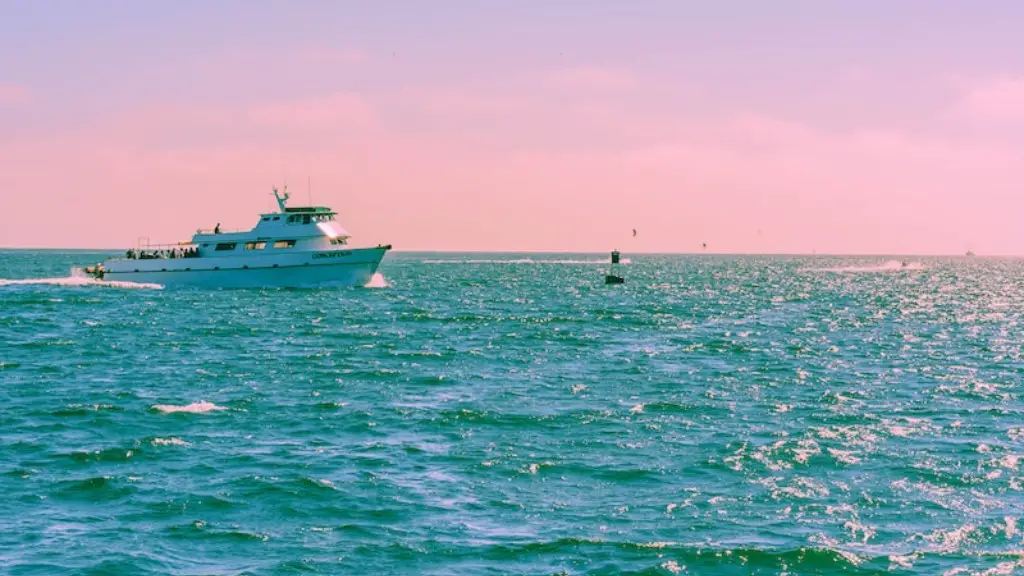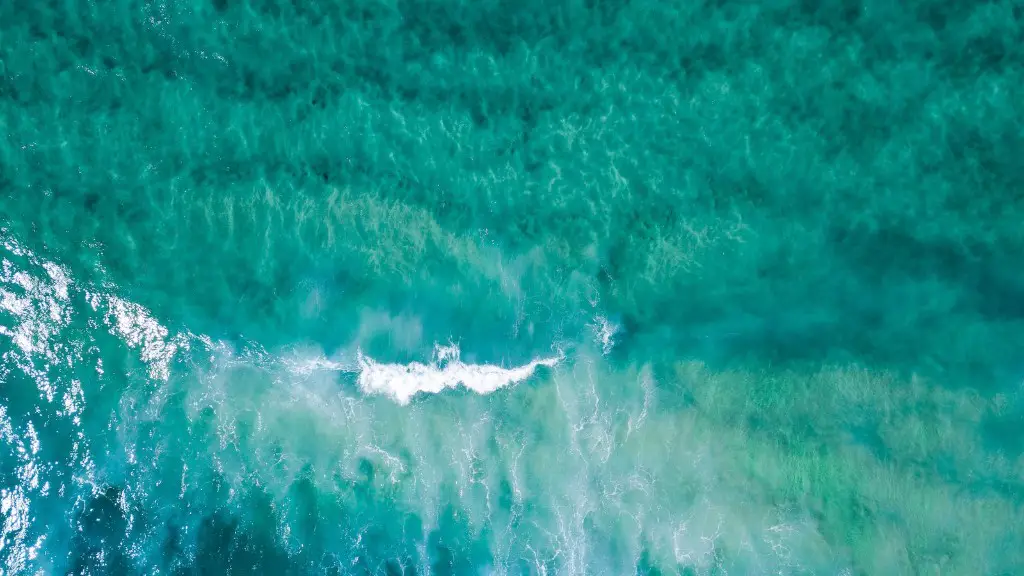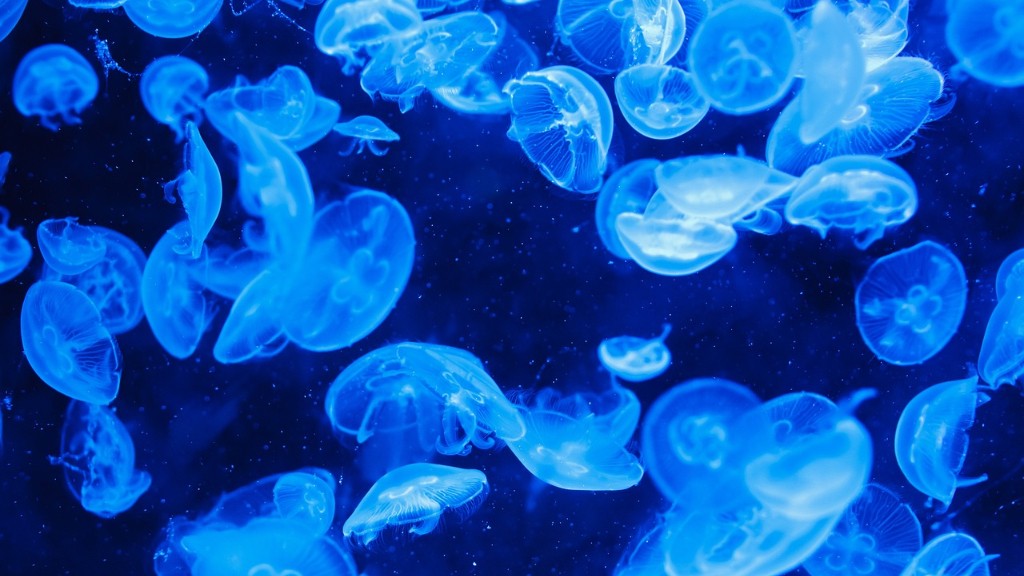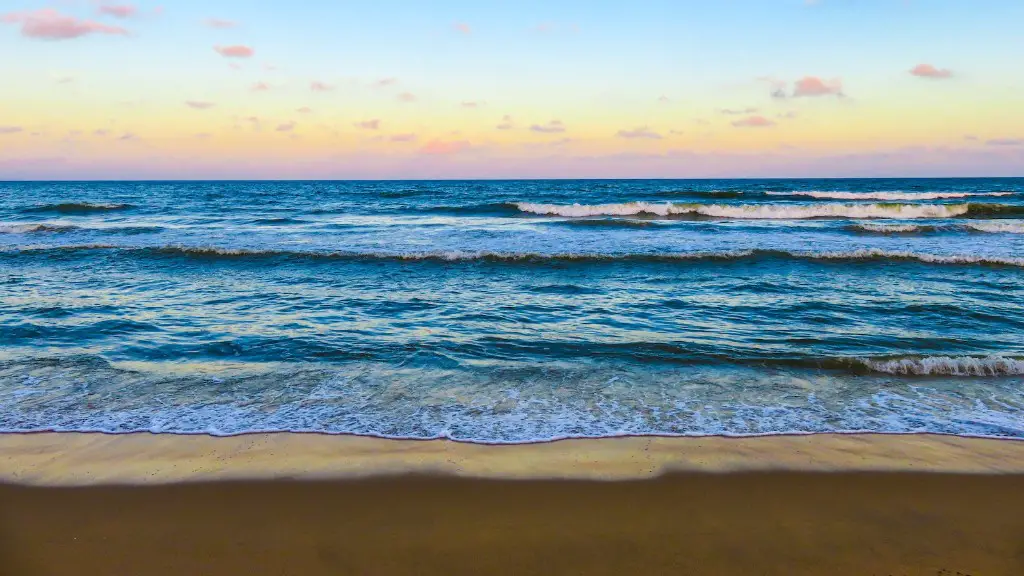The crossing of the red sea is a story from the Bible in which Moses led the Israelites across the sea to safety. The story is a symbol of God’s power and protection.
The crossing of the Red Sea by the Israelites is a symbol of freedom and liberation. The Israelites were able to escape from the Egyptians and start a new life. This event is also a symbol of hope and faith.
What does the Bible say about the crossing of the Red Sea?
The relevant biblical text (Exodus 14:21) reads as follows: “Then Moses stretched out his hand over the sea, and the Lord drove the sea back by a strong east wind all night and made the sea dry land, and the waters were divided” By any stretch, a weather event strong enough to move water in this way would involve some form of hurricane force winds. If we take the text at face value, it would seem that God intervened in a miraculous way to part the waters of the Red Sea, allowing the Israelites to escape from the pursuing Egyptians.
There are a number of ways to interpret this text, and it has been the subject of much debate over the years. Some believe that it is a literal account of a miraculous event that actually occurred. Others believe that it is a metaphor or allegory for something else that was happening, such as the Israelites’ escape from slavery.
Whatever your interpretation, there is no doubt that the story of Moses parting the Red Sea is one of the most famous and well-known stories from the Bible. It is a story of God’s power and might, and of His ability to protect and deliver His people.
The Bible is full of miracles, some of which may be dismissed by non-believers as fiction or metaphor. However, research suggests that at least one of these miracles – the parting of the Red Sea – may have actually happened. While it may be impossible to know for sure, the fact that it is possible adds an element of credibility to the Bible and its stories.
What does the Red Sea refer to
The Red Sea is a body of water located between Africa and Asia. Its name is derived from the colour changes observed in its waters. Normally, the Red Sea is an intense blue-green; occasionally, however, it is populated by extensive blooms of the algae Trichodesmium erythraeum, which, upon dying off, turn the sea a reddish brown colour.
According to Josephus, the Israelites only took three days to reach the Red Sea. This is likely due to the fact that they were led by Moses, who had previously been told by God where they were supposed to go. As a result, they were able to reach their destination relatively quickly.
Why is the Red Sea important?
The Red Sea has long been a critical link in a network of waterways stretching from the Mediterranean to the Indian Ocean to the Pacific. Its strategic and economic importance has made it a prize for conquerors from Alexander to Napoleon. Today, the Red Sea is an important shipping route for oil and other commodities and is home to a number of important port cities.
The Mariana Trench is the deepest known point on Earth. It is located in the western Pacific Ocean, east of the Mariana Islands. The trench is 9,580 feet (2,920 metres) deep at its deepest point. The maximum width of the trench is 190 miles (310 kilometres), and the area of the trench is approximately 174,000 square miles (450,000 square kilometres).
Why did God split the Red Sea?
Moses is a central figure in the Hebrew Bible and the Qur’an. He is revered as a prophet by Jews, Christians, and Muslims.
According to the Hebrew Bible, Moses was born in Egypt to a Levite family, at a time when the Israelites were slaves in Egypt. Exodus 2:1-10 describes how Moses was raised in the royal household, but chose to identify with his enslaved people, and eventually flee Egypt after killing an Egyptian taskmaster.
Moses led the Israelites out of Egypt and across the Red Sea, before receiving the Ten Commandments from God on Mount Sinai. After 40 years in the wilderness, Moses led the Israelites into the Promised Land.
Moses is a significant figure in both Christian and Islamic tradition. In the New Testament, Jesus is likened to Moses, and is said to have been born “under the law” to redeem those who were “under the law” (Galatians 4:4-5). In the Qur’an, Moses is mentioned more than any other prophet, and his story is told in great detail.
The Ten Commandments and the Israelites’ experience at Mount Sinai are important lessons for students to learn. If we love God and keep His commandments, then He will show us mercy. Reverence for God helps us to resist sin.
Did Moses cross the Red Sea or the Sea of Reeds
The story of Moses and the parted Sea is a story of faith and God’s power. Moses was a man of God who led the Israelites out of slavery in Egypt. He was a brave and courageous leader who was not afraid to stand up to the Egyptians. When the Israelites were trapped at the Red Sea, Moses had faith that God would help them. He raised his staff and God parted the waters of the sea. The Israelites were able to walk across on dry ground. The Egyptian army was following behind them, but once the Israelites were safely across, Moses dropped his staff and the sea closed, drowning the pursuing Egyptians. This story is a reminder of God’s power and grace. He is always with us and will never leave us alone.
The Red Sea is one of the most unique oceans in the world. Its warm temperatures and high evaporation rate make it very different from other bodies of water.
What are some biblical facts about the Red Sea?
The Red Sea is a powerful symbol of God’s protection and care for His people. When the Israelites were led by God into the wilderness, He protected them from the pursuing Egyptians by parting the Red Sea. This act of faith and obedience led to their freedom and safety.
The biblical Book of Exodus tells the account of the Israelites’ crossing of a body of water, which the Hebrew text calls Yam Suph (Hebrew: יַם סוּף). Yam Suph was traditionally identified as the Red Sea.
What happened immediately after the Israelites crossed the Red Sea
The Israelites had been travelling for three days without finding any water. On the third day, they came to a place called Marah. Marah had water, but it was bitter and unfit to drink.
Most scholars agree that the Israelites did not cross the Red Sea, but the Gulf of Suez, which is a northern extension of the sea. The crossing probably occurred at the northern end of the gulf, around the site of the modern town of Suez.
Why was the Red Sea important to ancient Egypt?
The Red Sea provided Egypt with access to Africa and the Far East. Around 595 BC, a canal was dug to connect the Nile River to the Red Sea. The connecting canal was large enough for two ships to pass through it at once. This canal allowed for the transport of grain, cattle, spices, people and artisan goods. The Red Sea also allowed for the Egyptian navy to travel to different parts of the world to trade and explore.
The Sinai Peninsula is the northeasternmost part of Egypt and the southernmost part of the Arabian Peninsula. It is bordered by the Mediterranean Sea to the north, the Red Sea to the east, and the Gulf of Suez and the Suez Canal to the west. The Sinai Peninsula is a triangular peninsula and is the largest Sahara Desert region in the world. The northeastern tip of the Sinai Peninsula is where the Israelites crossed the Red Sea during the Exodus, as recounted in the Bible. The American Colony in Jerusalem was established in 1881 by a group of American Christians who came to the Holy Land with the intention of converting Jews to Christianity.
Conclusion
The crossing of the red sea symbolizes the deliverance of the Hebrew people from slavery in Egypt.
The crossing of the red sea is a symbolic act that represents the triumph of good over evil. It is a story of hope and courage, and it is a reminder that no matter how hopeless a situation may seem, there is always a way to overcome it.
